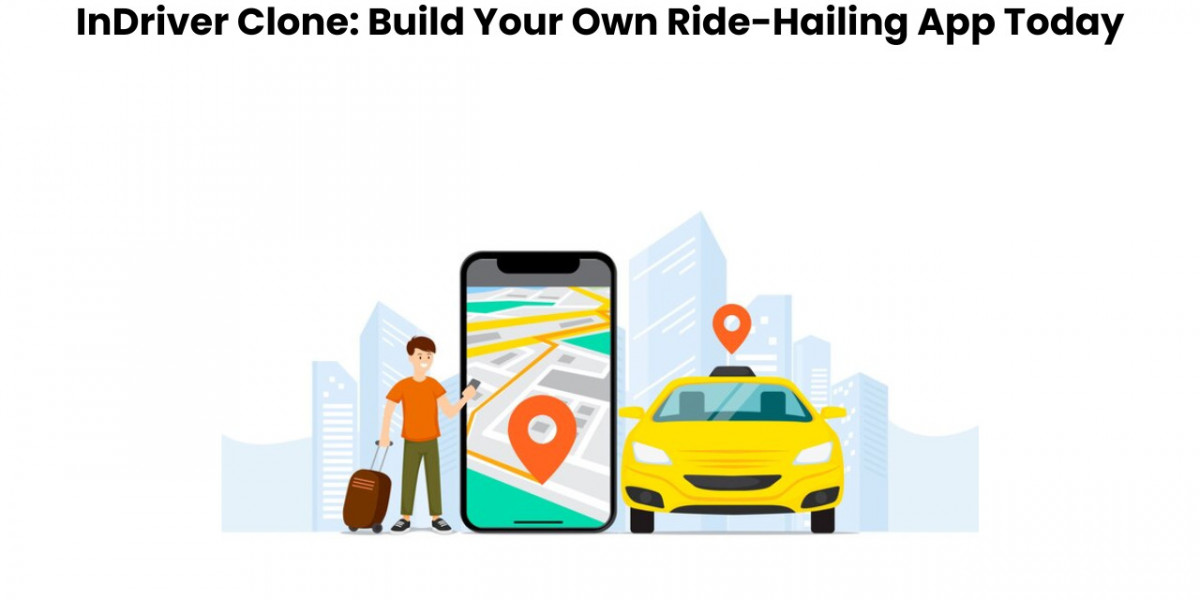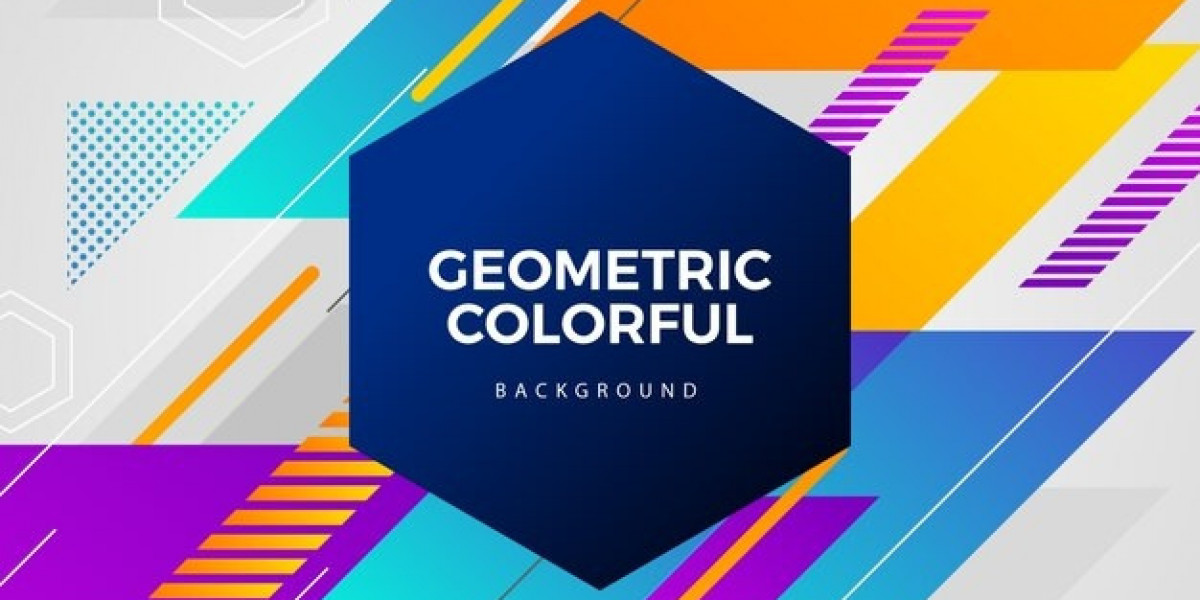In recent years, the ride-hailing industry has grown tremendously, with apps like Uber, Lyft, and Ola becoming household names. However, these platforms often follow a similar business model, where passengers are charged based on dynamic pricing determined by the app. This can be frustrating for users who want more control over their ride costs. InDriver, a new and innovative ride-hailing platform, has introduced a unique model where passengers can set their own fares, giving them more flexibility and control.
If you’re an entrepreneur or a business owner looking to create a ride-hailing app that stands out in the market, building an InDriver clone can be a great opportunity. This clone will offer a similar user experience with features that allow passengers and drivers to negotiate fares, giving both parties the ability to find a price that works for them. In this blog, we’ll take a closer look at how you can build your own InDriver clone and why it could be the right choice for your business.
What is an InDriver Clone?
An InDriver clone is a ride-hailing app that replicates the core features of the InDriver platform. The most significant aspect of this platform is its fare negotiation system. Unlike traditional ride-hailing services, where fares are pre-determined by the app based on algorithms, InDriver allows passengers to suggest their own fares, and drivers can accept or reject these offers. This creates a more flexible and transparent pricing structure that appeals to both drivers and passengers.
Building your own InDriver clone means you’ll be providing an app where users have control over their ride costs. Drivers also get the flexibility to choose which fares are acceptable, making the platform more attractive for both parties.
Key Features of an InDriver Clone
To build a successful InDriver clone, it's essential to include several key features that will provide a seamless experience for both riders and drivers. Below are some of the core features you should consider including in your app.
1. Passenger and Driver Profiles
The foundation of any ride-hailing app is user profiles. For passengers, the profile should include basic information such as name, contact number, and payment details. For drivers, you’ll need to include additional information, like their vehicle details, driver’s license number, and background verification status.
Creating comprehensive profiles allows for a personalized experience, which builds trust and improves user satisfaction.
2. Fare Negotiation System
This is the feature that differentiates InDriver from other ride-hailing services. The fare negotiation system allows passengers to set their own fare based on factors such as trip distance, traffic conditions, and urgency. Drivers can either accept or decline the offered fare, creating an environment where both parties have control over the pricing. This unique feature can make your app more attractive to both users and drivers, as it offers flexibility and transparency.
3. Real-Time GPS Tracking
Real-time GPS tracking is essential for any ride-hailing app. Passengers should be able to track the location of their ride, ensuring they know when the driver will arrive. Similarly, drivers need to know the passenger’s exact location to ensure a smooth pick-up process. This feature increases the convenience and security of your app, as users can track their ride’s progress at all times.
4. Ride History and Notifications
Users should be able to view their ride history, which includes past rides, trip details, and payment information. Additionally, notifications are essential for keeping users informed. Passengers should receive notifications when their ride is confirmed, when the driver is nearby, and when the ride is complete. Drivers should also be notified of new ride requests, cancellations, or updates to existing rides.
5. Rating and Review System
A rating and review system is crucial for ensuring the quality of service. After each ride, passengers should be able to rate their drivers based on factors like professionalism, vehicle cleanliness, and driving skills. Similarly, drivers should be able to rate passengers based on their behavior and timeliness. This feedback system ensures that only the most reliable drivers and respectful passengers are part of your platform, which builds trust and encourages high-quality service.
6. Payment Gateway Integration
For any ride-hailing app, a secure payment system is a must. Your InDriver clone should support various payment methods, including credit/debit cards, digital wallets, and cash payments. The payment gateway should be easy to use and ensure secure transactions between passengers and drivers.
Additionally, you can include a feature where passengers pay after the ride is completed, or the option for upfront payments. You could also include features like fare splitting, which allows passengers to divide the cost of a ride with other passengers.
7. Admin Panel
An admin panel is the backbone of your app. It allows you to manage the entire platform, including user profiles, ride requests, driver verification, and payments. The admin panel also lets you monitor the app’s performance, handle customer support issues, and ensure that all services are running smoothly.
8. Driver Verification and Background Checks
Safety is a priority for any ride-hailing service. In your InDriver clone, it’s essential to include a driver verification process, such as background checks, vehicle inspections, and a criminal record check. Ensuring that only qualified and trustworthy drivers are on your platform will help build a loyal customer base and improve user trust.
Read more: How to Develop an InDriver Clone App for Your Taxi Business?
Step-by-Step Guide to Building Your Own InDriver Clone
Now that we understand the key features, let's take a look at the steps involved in building your own InDriver clone.
Step 1: Market Research and Competitor Analysis
Before you start the development process, it’s essential to conduct thorough market research. Identify your target audience, understand their needs, and assess the competition in your region. Knowing what your competitors are offering will help you pinpoint opportunities and gaps in the market that your app can fill.
Step 2: Define Your Business Model
Next, decide on the business model for your ride-hailing app. Will you charge a commission on each ride, or will you follow a subscription-based model? You could also explore hybrid models, such as charging a commission on rides while offering subscription packages to drivers. Defining the business model is crucial as it will determine your revenue structure.
Step 3: Design the User Interface (UI) and User Experience (UX)
The success of your app depends on how easy it is to use. Focus on designing an intuitive and user-friendly interface. A clean, minimalistic design with easy navigation will ensure that users can book rides quickly and efficiently. You may want to work with a UI/UX designer to create a seamless experience for your users.
Step 4: Choose the Right Technology Stack
Selecting the right technology stack is crucial for the success of your app. For an InDriver clone, you’ll need a combination of front-end and back-end technologies. Some popular technologies for ride-hailing apps include:
- Frontend: React Native or Flutter (for cross-platform app development)
- Backend: Node.js, Ruby on Rails, or Python (Django)
- Database: MongoDB, MySQL, or PostgreSQL
- Payment Gateway: Stripe, PayPal, or Razorpay
- Real-Time Communication: WebSockets or Firebase for ride tracking
Step 5: Develop the App and Test It
Once the design and technology stack are in place, it’s time to start the development process. Develop both the passenger and driver apps, as well as the admin panel. After the development, perform rigorous testing to ensure that the app functions properly. Focus on features like ride booking, fare negotiation, payment integration, and GPS tracking.
Step 6: Launch and Promote the App
Once the app is ready and thoroughly tested, it’s time to launch it. Publish your app on app stores like Google Play and Apple App Store. After the launch, you’ll need to promote your app using various marketing strategies, such as social media campaigns, influencer marketing, and referral programs. You could also offer promotions like free rides or discounted fares to attract new users.
Conclusion
Building your own ride-hailing app with an InDriver clone can be a profitable business opportunity, especially with the unique fare negotiation feature that sets it apart from other platforms. By offering a flexible and user-friendly platform, you can attract both riders and drivers, creating a successful ride-hailing business.
To develop an InDriver clone, you’ll need the right expertise and resources. Partnering with an experienced on-demand app development services provider will ensure that your app is built with high-quality features, strong security, and seamless functionality. An expert development team can guide you through the entire process, from initial design to deployment, ensuring that your app is ready for the market and can scale as your business grows.











